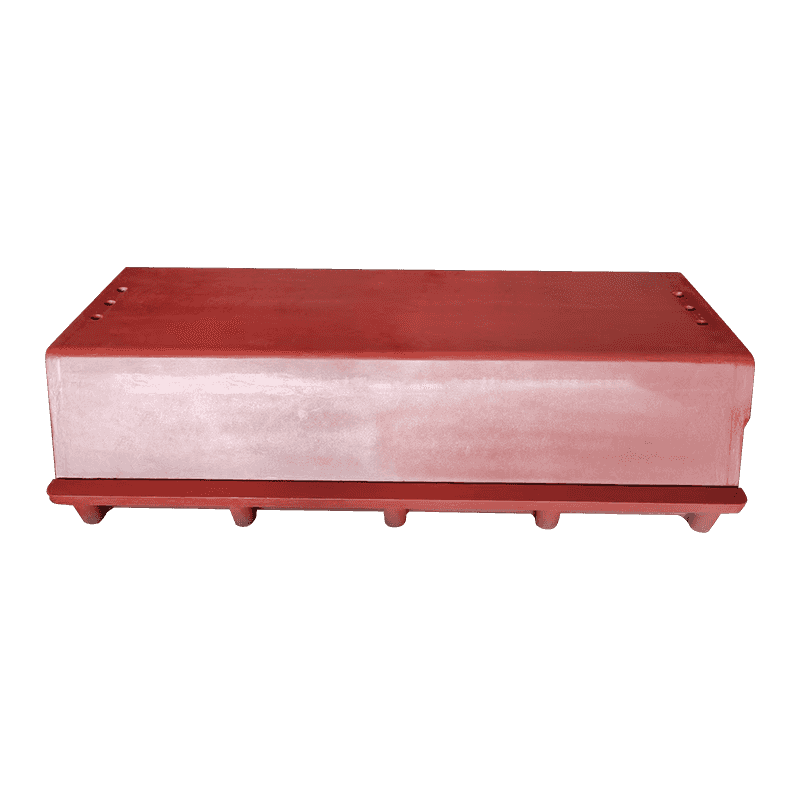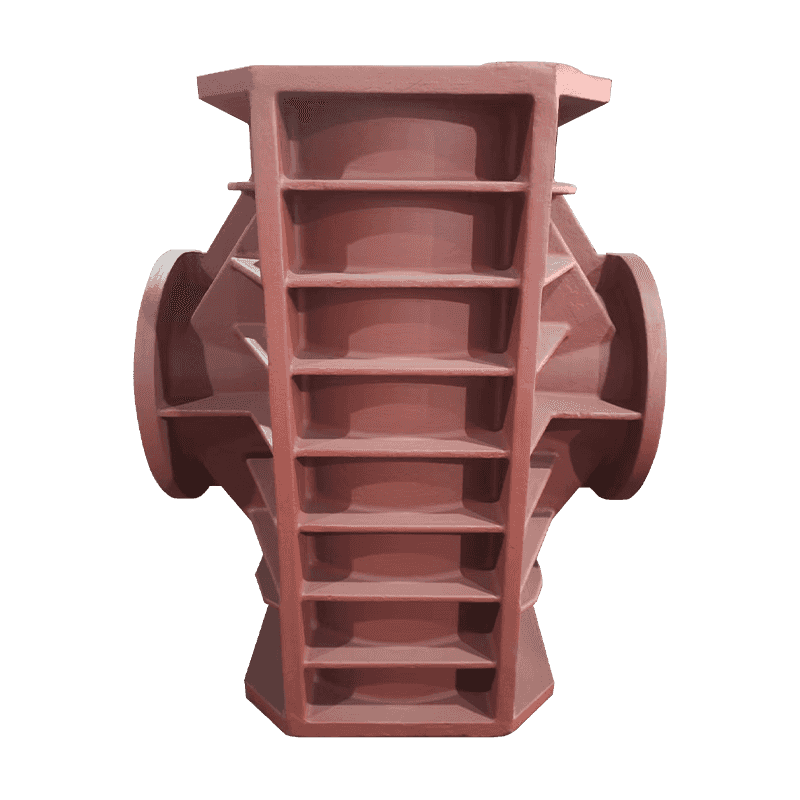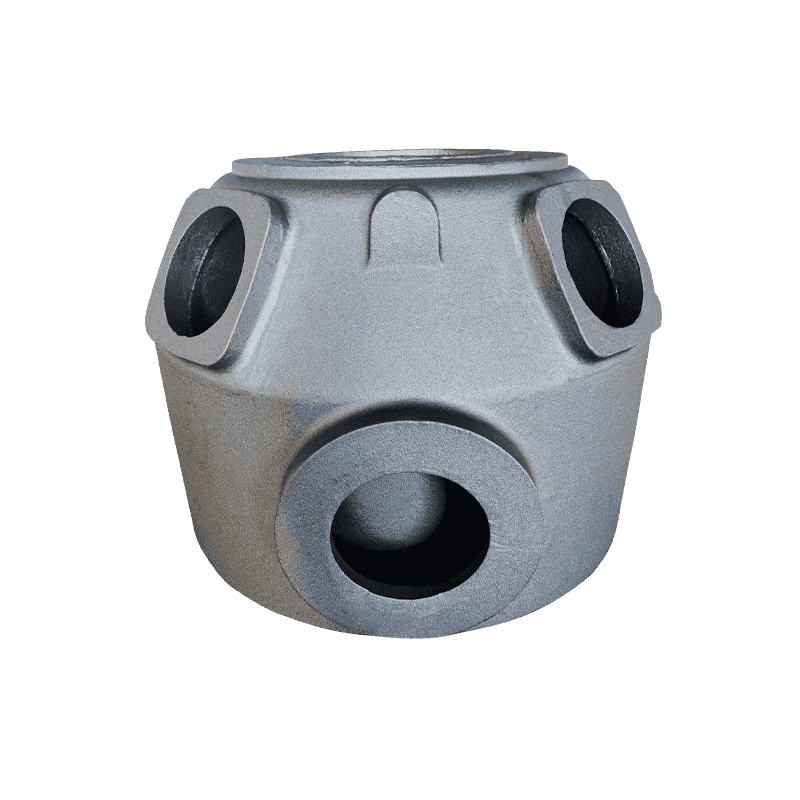The primary function of the compressor exhaust seat is to form a tight seal between the exhaust valve and the valve seat during the exhaust stroke of the compression cycle. This seal ensures that compressed air is fully expelled from the cylinder. When the exhaust seat is functioning properly, it prevents any backflow of air into the compression chamber, allowing the compressor to discharge air efficiently. However, if the exhaust seat is damaged or worn, it can fail to form a proper seal, causing air to escape during the exhaust phase. This results in incomplete exhaust, leaving residual pressure in the cylinder, which leads to reduced volumetric efficiency. In turn, the compressor may need to exert more power to expel the remaining air, leading to inefficiencies in operation. This disruption in airflow can also cause irregular air supply and inconsistent performance, making it difficult to maintain consistent pressure levels, particularly in systems requiring precise air delivery.
A worn or damaged exhaust seat can cause a significant drop in compression efficiency. This is because the exhaust valve relies on the exhaust seat to create a secure closure, preventing pressure from escaping prematurely. If the exhaust seat fails to seal properly, air may leak back into the compression chamber, resulting in a loss of pressure at the critical point in the compression cycle. The compressor may struggle to achieve and maintain the desired pressure, as the energy required to compress the air increases. This loss of pressure not only diminishes the compressor's ability to perform effectively, but it also reduces the system's capacity to handle higher workloads. As the pressure drops, the compressor must work harder, leading to an increase in energy consumption and a decrease in the overall system efficiency.
The exhaust seat's impact on energy consumption is profound. If the seat is not providing an adequate seal, the compressor is forced to work harder to maintain the same output. In such cases, the compressor may run for longer periods or at higher load conditions to make up for lost pressure or efficiency. This increased load directly translates into higher energy consumption. Energy costs can significantly escalate as the compressor is essentially "working overtime" to compensate for the inefficient sealing caused by the worn exhaust seat. The effect is compounded if the system is constantly cycling on and off due to pressure inconsistencies, further increasing electricity use. In some high-demand operations, such inefficiencies can lead to a noticeable rise in operating costs, reducing the overall economic viability of the compressor.
Heat generation is another crucial factor when it comes to the efficiency of the compressor. A compromised exhaust seat can lead to excessive friction between the exhaust valve and the seat, which in turn generates heat. If air or gas escapes through gaps in the exhaust seat, it can cause localized overheating in the cylinder, valve, and exhaust system. This increased heat can cause the materials of the exhaust seat, valve, and surrounding components to degrade faster. Over time, the degradation of these parts can lead to more frequent maintenance or even complete system failure if not addressed. Overheating can cause the compressor to shut down for safety reasons, leading to unplanned downtime. Not only does this interrupt production, but it also forces the compressor to use more energy to bring the system back to optimal operating temperatures.
When the exhaust seat is damaged or worn, it creates additional stress on surrounding compressor components, such as the exhaust valve, piston, cylinder head, and seals. If the exhaust seat fails to provide a proper seal, it can lead to excessive wear on the exhaust valve and piston rings, causing them to misalign, stick, or develop scoring. This not only accelerates wear on these parts but can also create a vicious cycle, where the compromised components lead to further damage to the exhaust seat itself. As a result, the compressor experiences increased mechanical stress, which may necessitate more frequent repairs or part replacements. Over time, the cumulative effect of this wear can lead to catastrophic component failure, further increasing operational downtime and maintenance costs, ultimately reducing the efficiency of the entire system.














